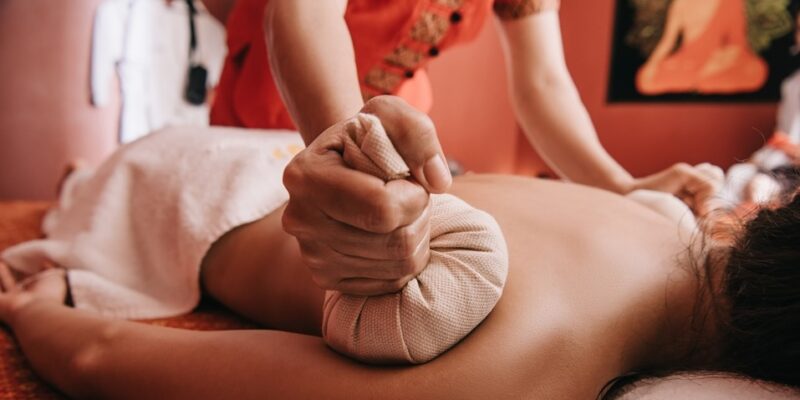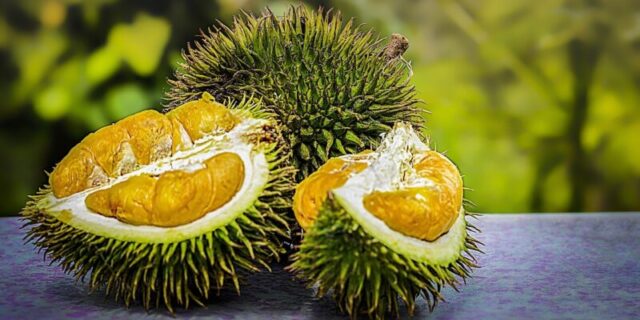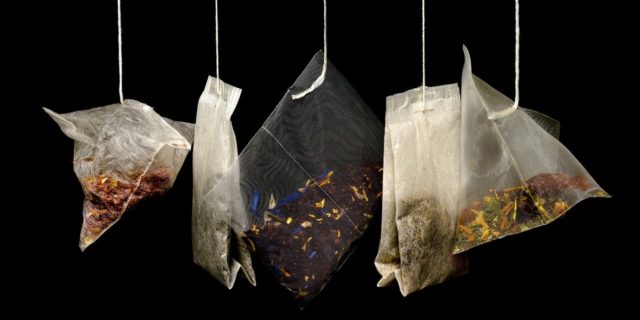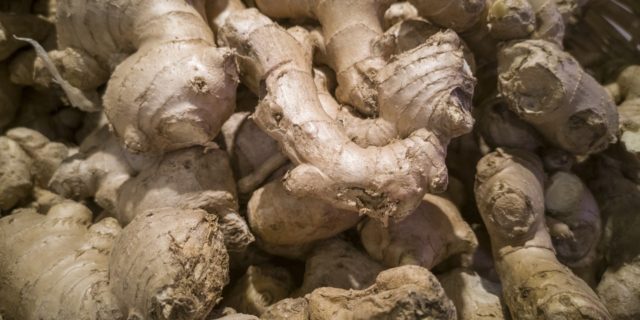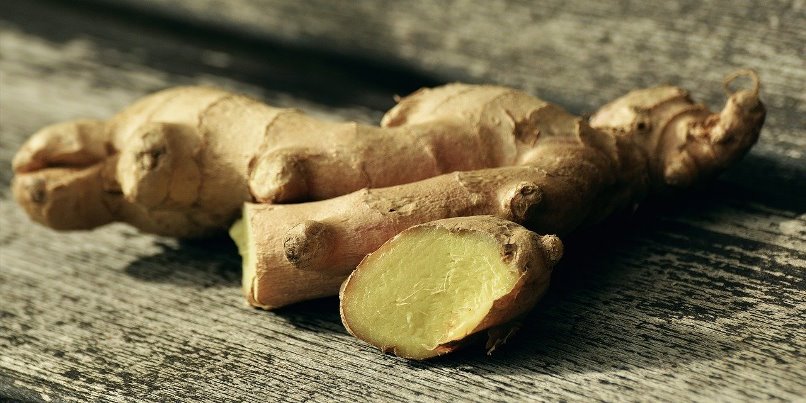
Ginger (Ginger Root or Ginger Rhizome) is not an exclusively Thai herb, but the Ginger plant does actually originate in the Southeast Asian region. It was one of the first herbs exported, celebrated for both its medicinal and culinary value, even used by the ancient Greeks and Romans, and the first traces of its use date back to 3000 BCE.
Mind that Ginger is a so-called cultigen, what means that it’s a plant that has been deliberately altered or selected by humans and further cultivated. Ginger family plants result from artificial selection and don’t actually appear in the wild.
Ginger is a plant family called Zingiberaceae, which comprises of about fifty genera (plural of the single genus) with more than sixteen-hundred known species. The “true” Ginger plant as most commonly used is part of the genus Zingiber of which the best known species is Zingiber Officinale (Garden Ginger, called Khing or “King of Herbs” in Thailand).
Other well-known genera in the Ginger family are Galangal (Thai Ginger), Turmeric (Curcuma), and Cardamom, among some others.

In Thailand, apart from Zingiber Officinale, the species Zingiber Cassumunar (or Cassumunar Ginger, part of the Zingiber genus), a relative of species in the Galangal genus, is also commonly used. It is called Plai, Wan-Fai or Bpulai, depending on the region and local Thai language and dialects. It’s used medicinally in massage and in culinary applications in Thailand, but also in aromatherapy where Plai oil is used as an essential oil to ease pains and inflammations.
Galangal (Thai Ginger or Alpinia Galanga), called Khaa in Thailand, is used in Thai Traditional Medicine just as “common” Ginger is. It’s also used in food, like in Thai soups and curries, notably in the well-known Tom Yam soup.
Medicinally, Ginger family roots are considered a “hot” taste herb with stimulating effects on digestion and thus used against indigestion, flatulence, and stomachache. It’s furthermore applied as an insect repellent, but also for respiratory diseases, colds, a sore throat, diarrhea, kidney disorders, arthritis, menstruation issues, back pain, nausea, and seasickness.
Ginger also contains antiseptic properties applied to heal inflammations, wounds, contusions, sprains, cuts, and skin infections. In Thai traditional mother and child care it’s given as a tea to new mothers to stimulate breast milk production and to aid in faster postpartum recovery.
Additionally, Ginger is used as a so-called adjuvant to negotiate side effects of herbal preparations or to increase the workings of other herbs used. For its hot properties it’s also advised as a means to obtain better health and longevity for older persons. And last but not least, Ginger roots, especially Galangal, are known for their aphrodisiac properties, most likely because of its stimulating “hot” effect.
Ginger can be used topically as a cream or paste or concoction, as a drink (cold or warm), such as Ginger Tea, in herbal compresses, and in steam baths, herbal soaks, herbal baths, and saunas. In Thai Massage, Ginger is regularly used in herbal compresses to give the massage, as a “warmer” before the actual massage or as a “soother” after the massage session.
The herbal compresses with Ginger are thought to stimulate energy, improve blood circulation, reduce congestion, and relax muscles. It’s why you also often see that a client gets a cup of Ginger tea after a Thai Massage session in order to further promote and stimulate the energetic and blood circulation initiated by the massage. Additionally, it’s used in Thai herbal facial treatments for its antibacterial and toning effect.
Gingers can usually be obtained commercially in fresh, dried and sliced, or in powder form. It’s furthermore an often used ingredient in cookies, sweets, drinks, and such, and of course in many, many culinary applications.








